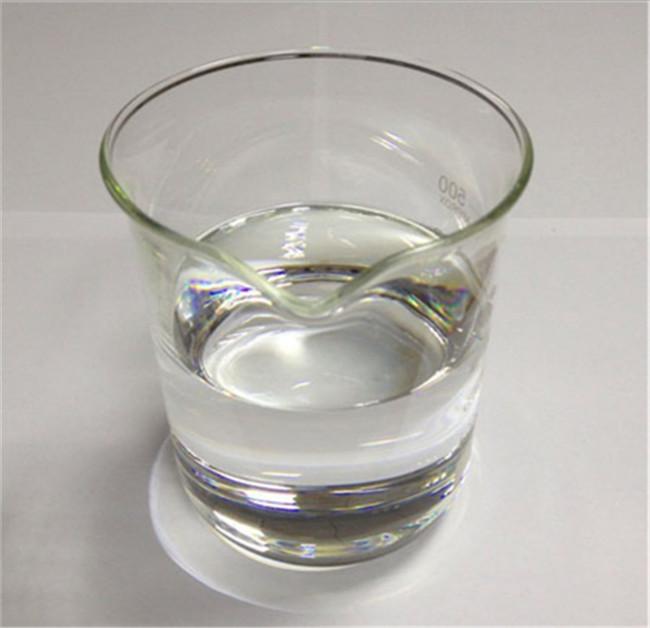In a one-component room temperature vulcanizing silicone sealant system, each component has a crucial impact on performance: the relative molecular weight of the base polymer The quality will affect the fluidity, process operability and adhesion performance of the sealant; the functional group and functionality of the cross-linking agent will affect the adhesiveness and cross-linking speed of the sealant; the type and amount of filler will affect the strength, Process operability and thixotropy; catalysts will affect the vulcanization speed and storage stability of the sealant.
As a tackifier, a silane coupling agent can significantly improve the adhesion of the sealant to the substrate with a small amount of addition, but for different The base material still needs to choose the appropriate type of silane coupling agent to achieve the expected bonding effect. Kain Chemical studied the effects of two silane coupling agents KH-560 and KH-792 on the properties of one-component room temperature vulcanizing silicone sealants.

Preparation of one-component RTV silicone sealant
Put a certain amount of 107 glue, simethicone oil and calcium carbonate into a high-speed mixing mixer, heat to 100~130 ℃, vacuumize and stir for 120 minutes, remove Moisture in the filler; after the base rubber is cooled to room temperature, add cross-linking agent, chain extender, catalyst and coupling agent in different proportions in sequence (Table 1), and stir evenly in a vacuum state to obtain a single-component room temperature Vulcanized silicone sealant.
Effect of silane coupling agent ratio on the adhesive performance of sealants
Preparing different silane coupling agents, and investigating the bonding performance of the obtained one-component room temperature vulcanizing silicone sealant on uncoated colorless transparent float glass and anodized aluminum Impact. No matter what coupling agent ratio is used, it has little effect on the adhesion of one-component RTV silicone sealant to glass, and the failure mode of the sample is 100% cohesive failure.
When the amount of KH-560 is not less than KH-792, the one-component RTV silicone sealant has poor adhesion to anodized aluminum and damages The form is mixed failure; as the amount of KH-792 increases, the adhesion of one-component RTV silicone sealant to anodized aluminum improves, and the failure form becomes 100% cohesive failure. When choosing aluminum as the base material, the one-component room temperature vulcanizing silicone sealant with high KH-792 content has a better bonding effect.
Effect of silane coupling agent ratio on sealant tensile modulus
As the dosage of KH-792 increases, the tensile modulus of one-component RTV silicone sealant increases first and then tends to be stable. When the proportion of KH-792 exceeds 66.7%, the tensile modulus tends to be stable.
The effect of the ratio of silane coupling agent on the elongation at break of the sealant, with the increase of the amount of KH-792, the elongation at break of the sealant gradually increases big.
The proportion of silane coupling agent in the one-component RTV silicone sealant system is small, but it plays an important role in the performance of the sealant. In this paper, the effects of silane coupling agent KH-560 and KH-792 on the bonding performance, tensile modulus and elongation at break of one-component RTV silicone sealants were compared. The results show that:
1. For float glass, silane coupling agents with different ratios of KH-792 and KH-560 have little effect on the bonding performance of the sealant; Anodized aluminum, KH-792 can effectively improve the bonding performance of the sealant when the amount of KH-792 increases.
2. The ratio of KH-792 and KH-560 has a great influence on the mechanical properties of the sealant. With the increase of the amount of KH-792, the sealant The elongation at break increases gradually, while the tensile modulus increases first and then tends to be stable.

 微信扫一扫打赏
微信扫一扫打赏

